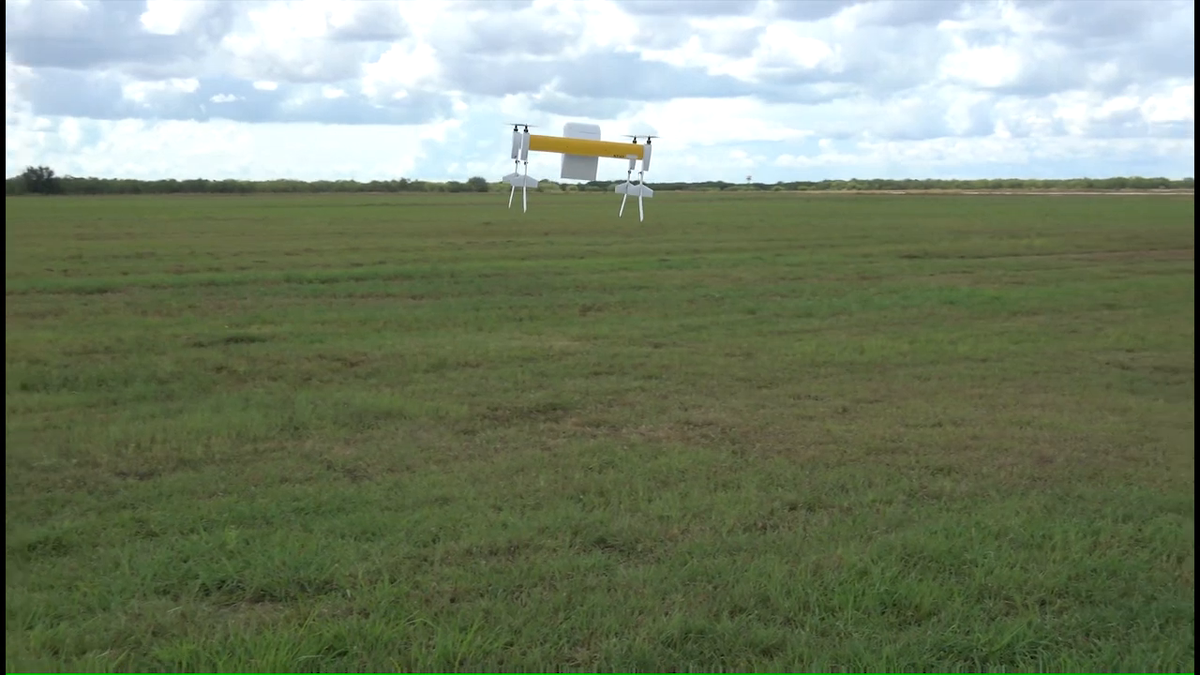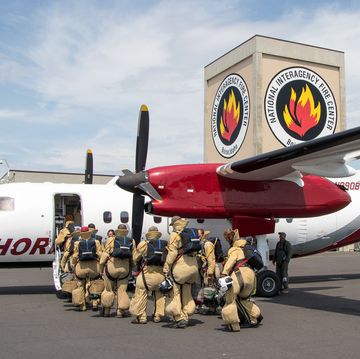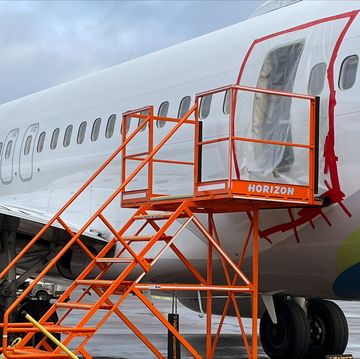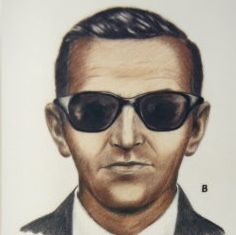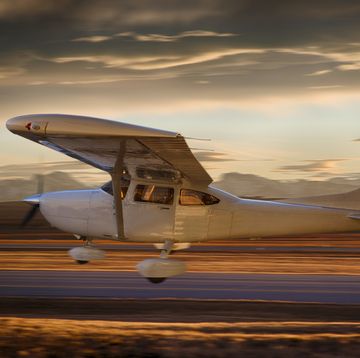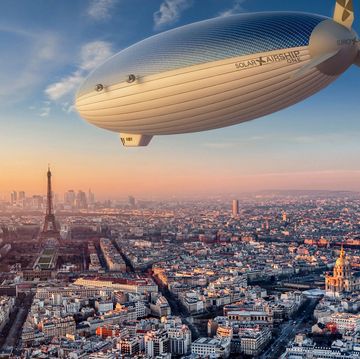Sure, you could prove that your new vertical-lift tilt rotor aircraft is faster than a traditional helicopter design by comparing the two. But wouldn't it be more fun, and more properly Italian, to drag race it against a blazing-fast superbike?
Italian helicopter manufacturer AgustaWestland made this new James Bond-esque video pitting its AW609, the world's first civilian tiltrotor to hit the production line, against the quintessential Italian Panigale from Ducati.
It's amazing to watch the massive rotors of the AW609 bearing down on the racing two-wheeler. But beyond the cool factor and the over-the-top Italian flare, there's a good point being made that many may miss. Traditional helicopters have long been the go-to aircraft to carry heavy loads while still being able to land and depart from very confined areas. Unfortunately, their top speed is slow and their range is limited, especially compared to other forms of corporate travel, specifically turboprop and turbojet fixed-wing aircraft.
How to combine the vertical landing capabilities of a helicopter with the high speed and long range of a jet? This question has plagued aeronautical engineers for decades, but seemed to be answered when Boeing teamed with Bell to build V-22 Osprey, which has become a mainstay for the U.S Marines. With an eye on the civilian market, specifically offshore oil moguls, Bell joined forces with Agusta to build what was originally labeled the Bell/Agusta BA609, a design that drew on the experience gained from Bell's work on the Osprey. The BA609 prototype took its first test flight in 2003 in Arlington, Texas. In 2005, the first conversion from helicopter to airplane mode took place while in flight.
By 2009, however, Bell was dissatisfied with commercial prospects from the civilian tiltrotor program, and so AgustaWestland bought out Bell's share of the program to speed up development. By the end of 2011, the transfer of ownership was complete. Now the two AW09 prototypes have logged more than 1,200 hours of flight time, and production is expected to begin in 2017. And it's time for the tiltrotor to prove its worth is a motorcycle-vs-flying-machine head-to-head battle.
Competition is fierce, because the Ducati Panigale is no slouch. The traditional Italian twin-cylinder motorbike creates 1,200 cubic centimeters of displacement, pumping out more than 200 hp while weighing in at a mere 400 lbs. The top speed of the Panigale was reported by Road & Track to be 202miles per hour.
First up for the challenge is AgustaWestland's newest twin-turbine AW169 helo, capable of hauling seven to ten passengers, which is very similar in size and capacity to the AW609 tilt rotor. It doesn't stand a chance, as the Ducati races by at 150 mph. Too bad this doesn't jive with a claimed 160 mph long range cruise speed and an even greater 190 mph maximum speed.
With the AW609, it's a different story. The video does a nice job of building suspense, as the two machines race down the strip neck and neck. But in reality, the tiltrotor has a maximum speed of 337 mph, which would obliterate even the fastest motorcycle. Yet even with such an impressive forward speed the AW609 proves it can still come to a hover landing on a dime while safely delivering its precious cargo.


